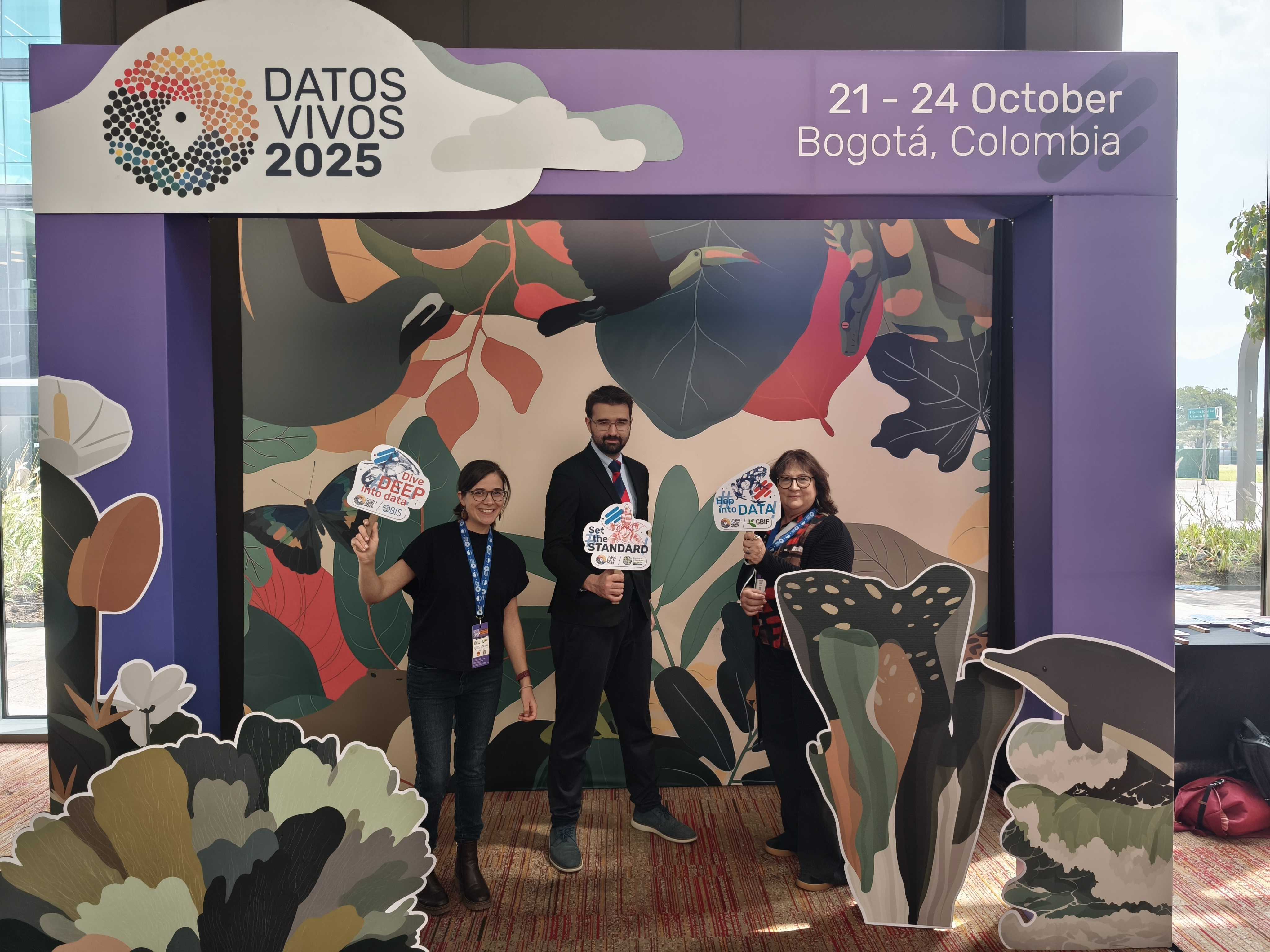Last week, BioAgora was represented by project partners at the Living Data 2025 conference in Bogotá, Colombia. Between 21 and 24 October, this event brought some of the world’s most prominent networks in the domain of biodiversity data, TDWG, GBIF, OBIS and GEO BON, together for the first time. They were joined by hundreds of experts and stakeholders from around the globe for a comprehensive four-day agenda on how far biosphere research has progressed and how its outputs are to be utilised, stored and shared.
Our collaborators from Pensoft Publishers were at the event with their own stand on the exhibition floor, showcasing BioAgora materials and informing attendees about our vision for a Science Service for Biodiversity at the European level. They were joined by fellow consortium members Maria Blasi (CREAF) and Sandra Luque (INRAE) from the project’s own Knowledge Exchange Network for biodiversity monitoring.
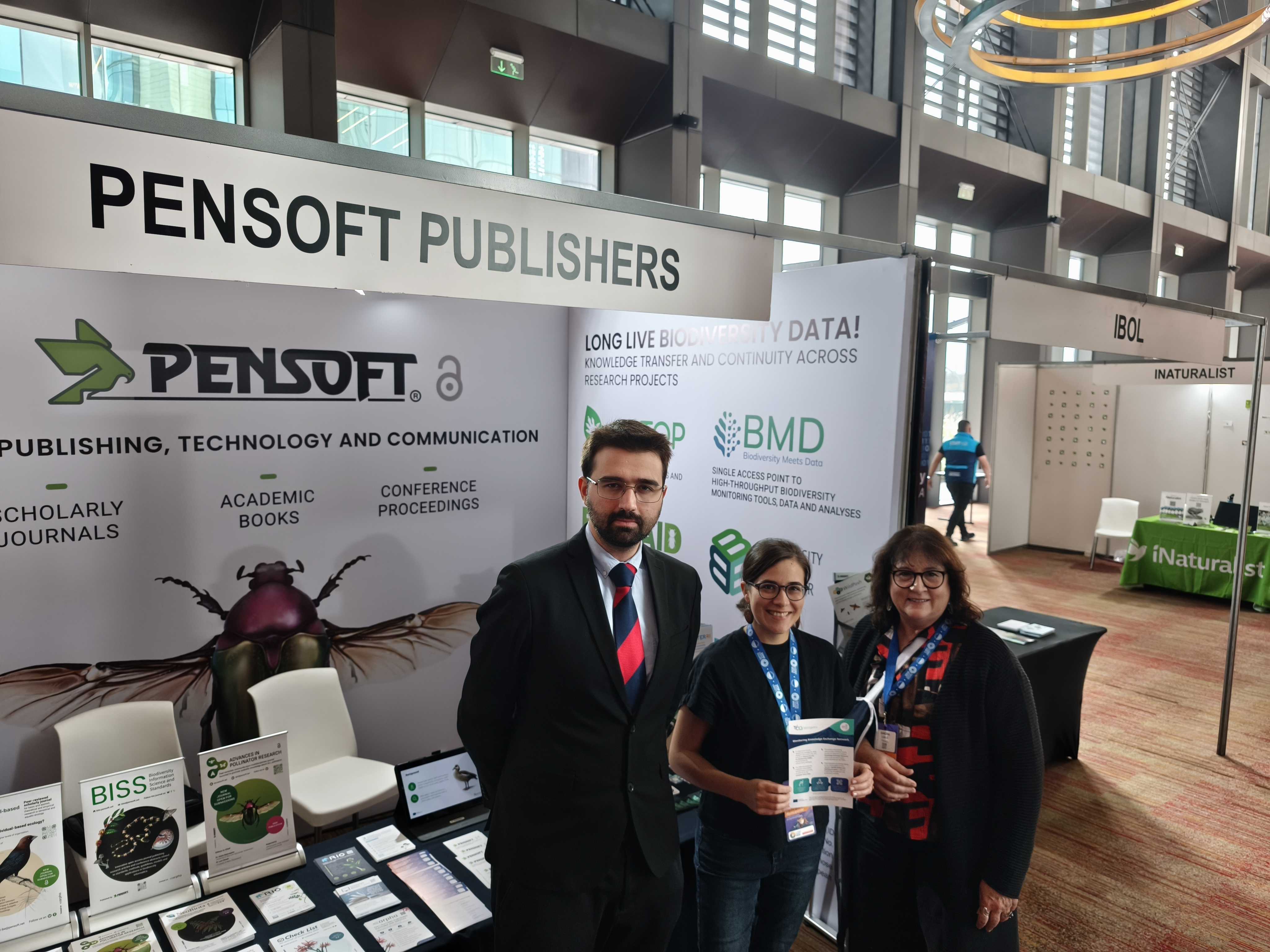
BioAgora was showcased in a symposium Pensoft hosted together with LifeWatch ERIC and the Naturalis Biodiversity Centre on 23 October. As suggested by its title, "Long Live Biodiversity Data: Knowledge Transfer and Continuity across Research Projects", this joint endeavour focused on the legacy and impact of scientific results as they transcend the initiatives that gave rise to them to begin with.
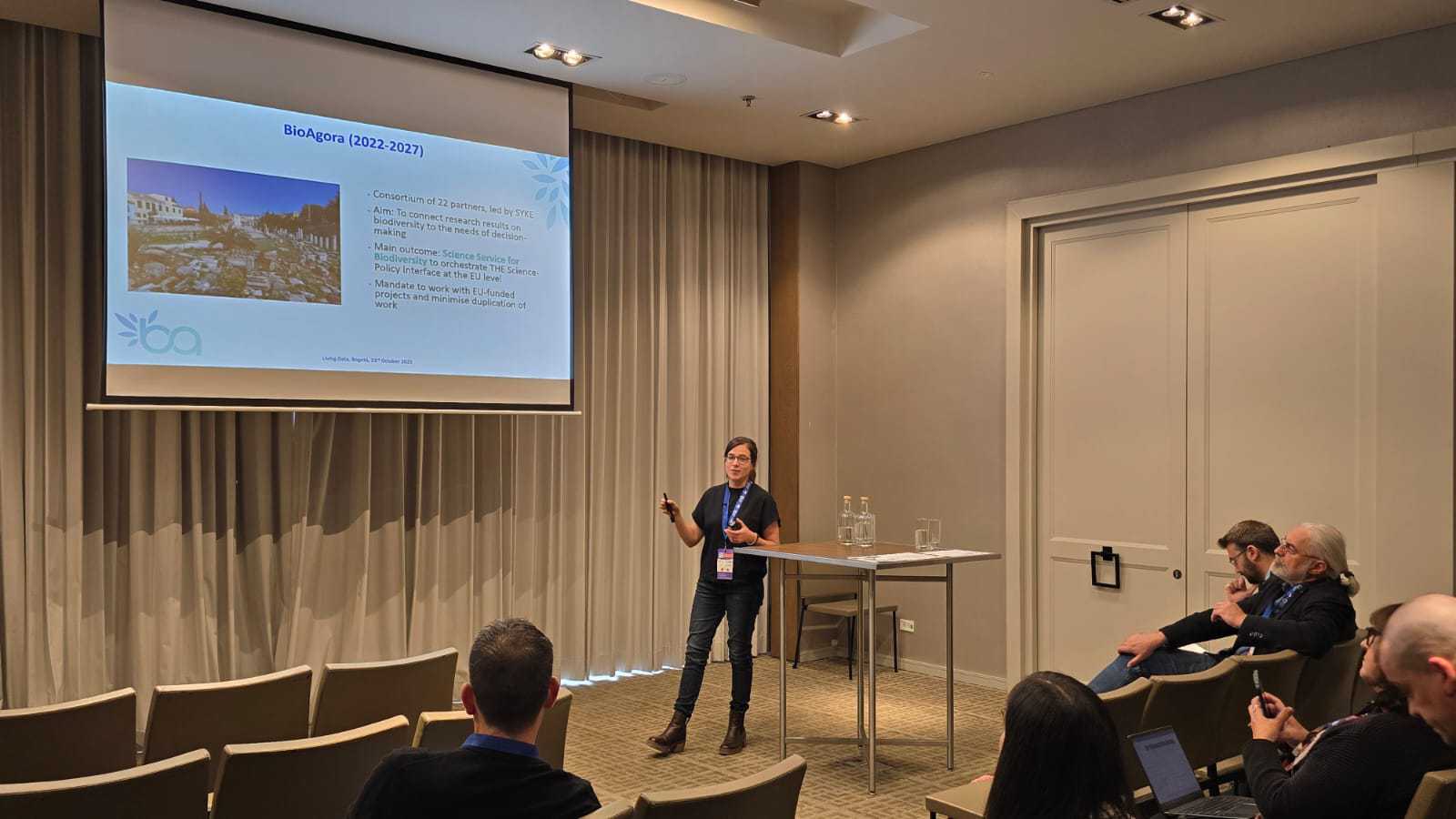
For its part, our project was introduced therein in the context of its relation to the aforementioned Knowledge Exchange Network, with an emphasis on how this structure activates and links existing structures, institutions and experts in the domain of biodiversity monitoring. As the Network’s leader, Ms. Blasi delivered the presentation, describing how this consolidation will be harnessed in service of policy-makers via the forthcoming Science Service. You can watch the full session here.
BioAgora was also the subject of another talk delivered by our CREAF colleague - “Addressing bottlenecks in Essential Biodiversity Variables (EBVs) generation in Europe”. Shared as part of a broader symposium on EBVs, the showcase explored which monitoring programs are ready to generate this type of data for policy. The recording is available on this page.
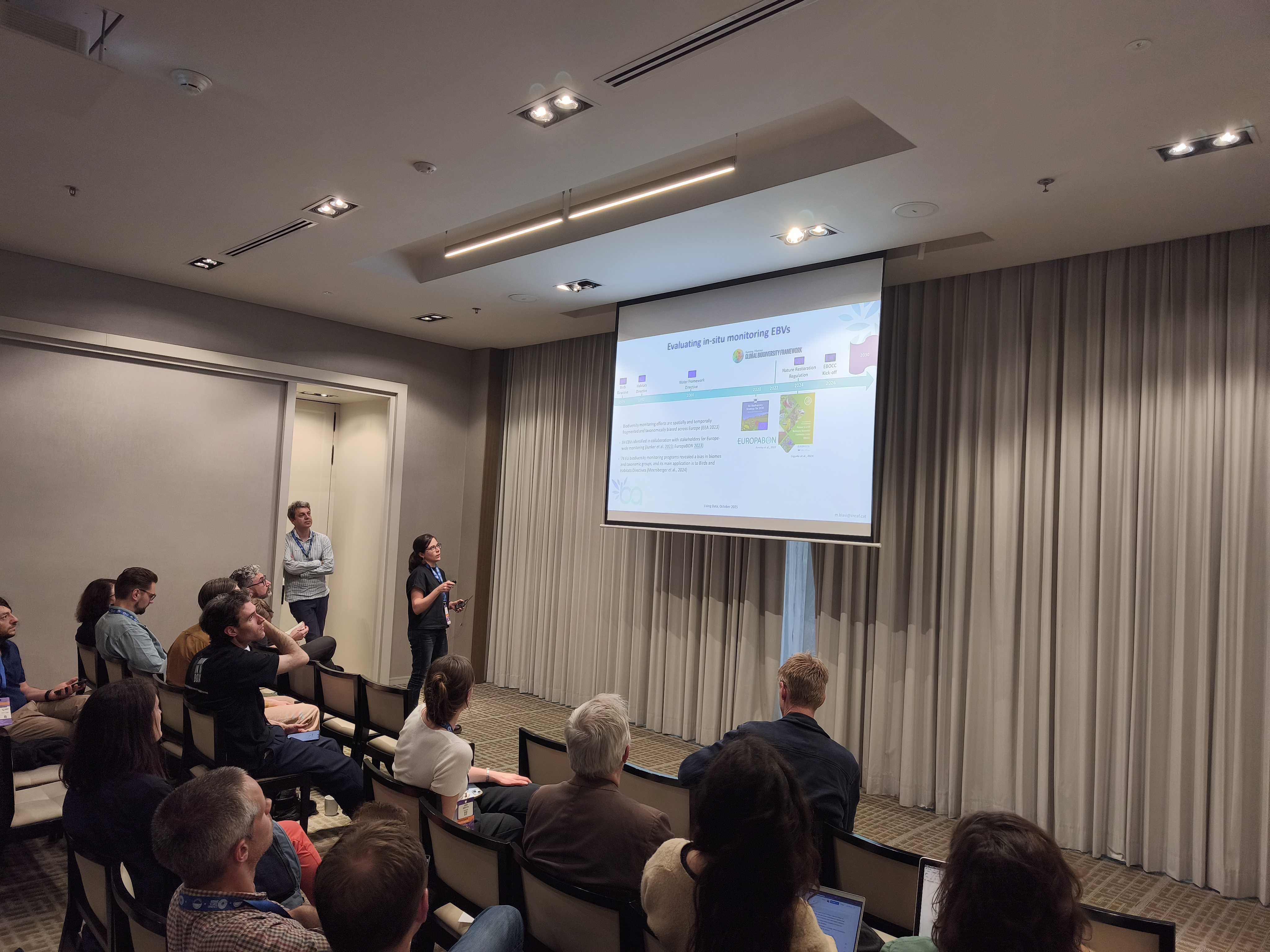
Last but not least, Ms. Blasi was featured in the poster gallery of the conference with an output on the so-called Catalan Biodiversity Science Service (otherwise known as the Catalan Natural Heritage and Biodiversity Observatory), which aims to enhance the science-policy interface in that particular region of Spain.
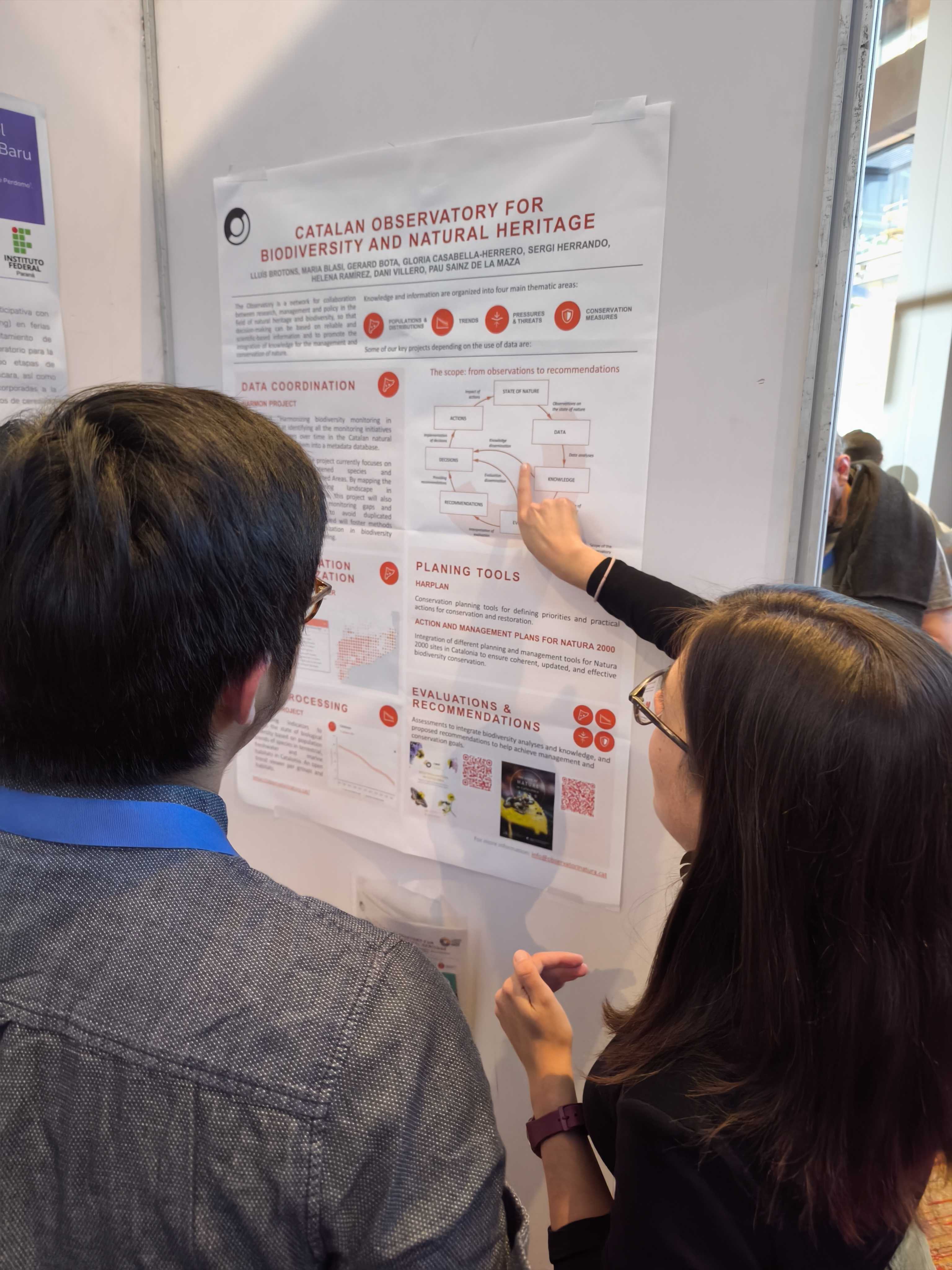
Discover more about the Monitoring Knowledge Exchange Network and its other existing counterparts here.
